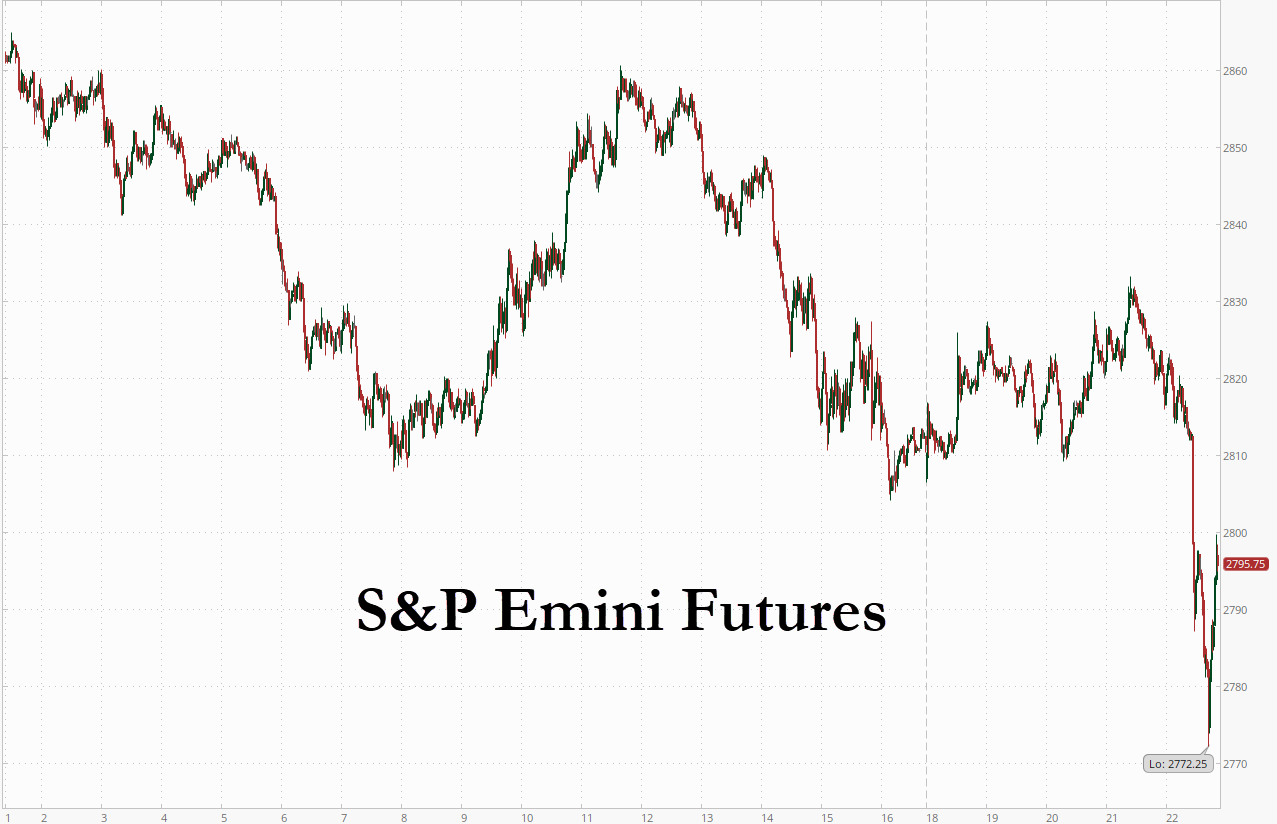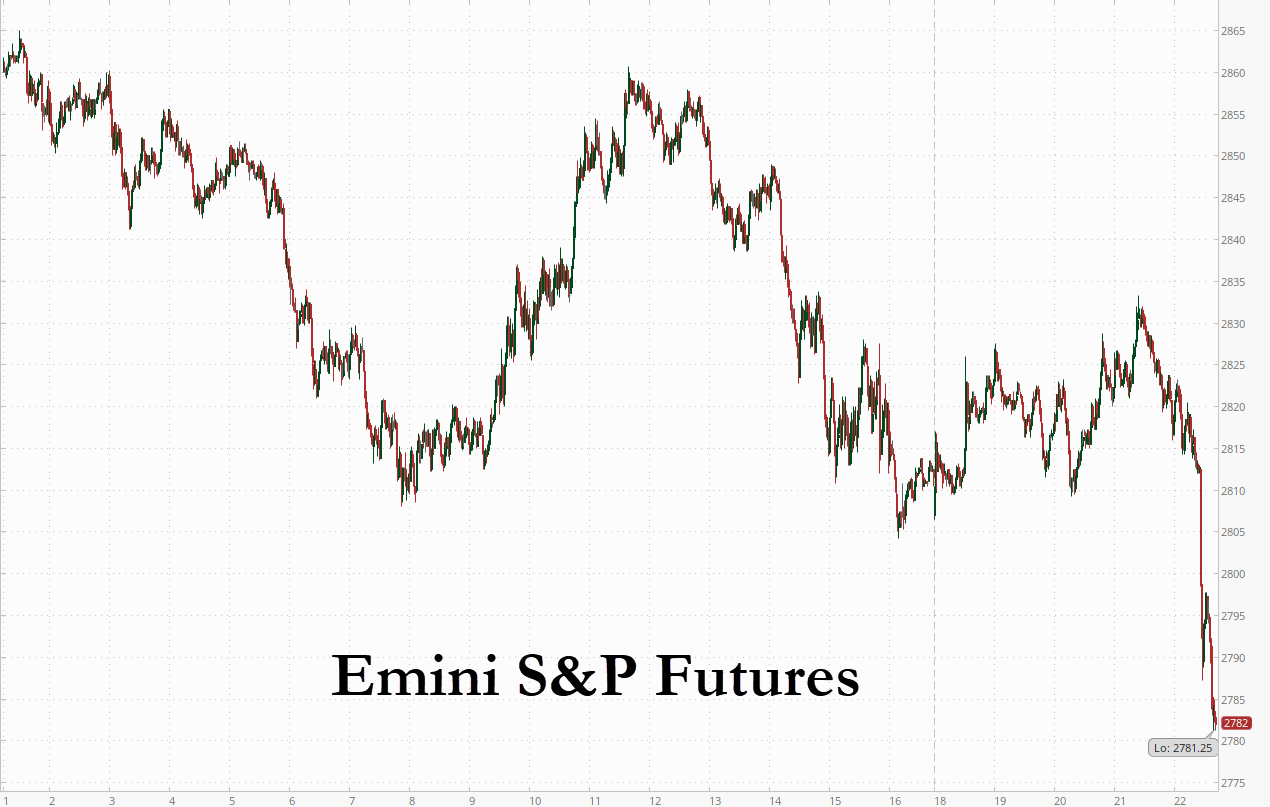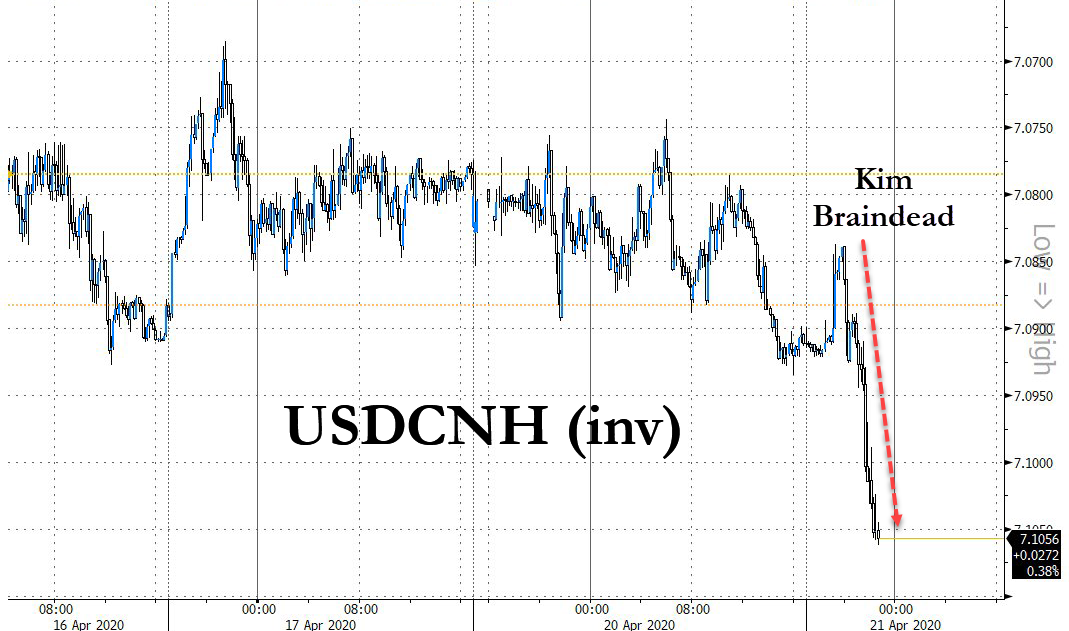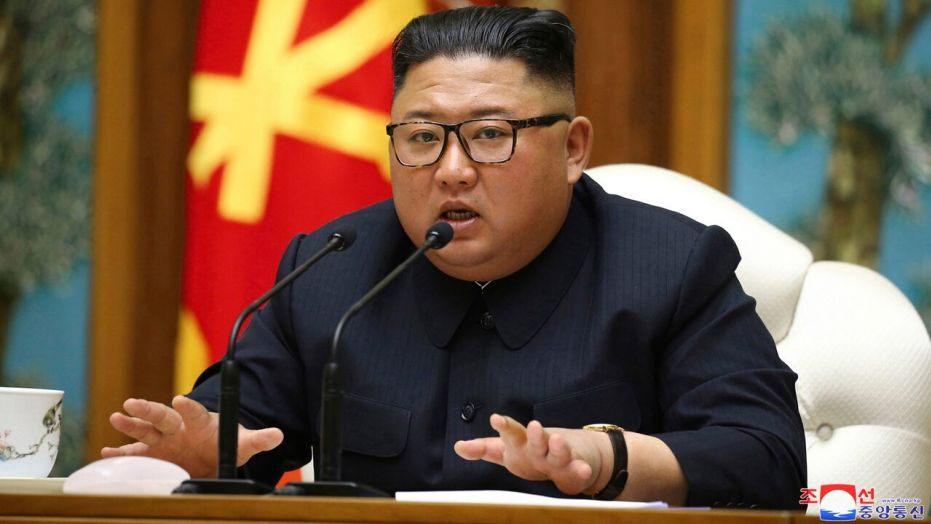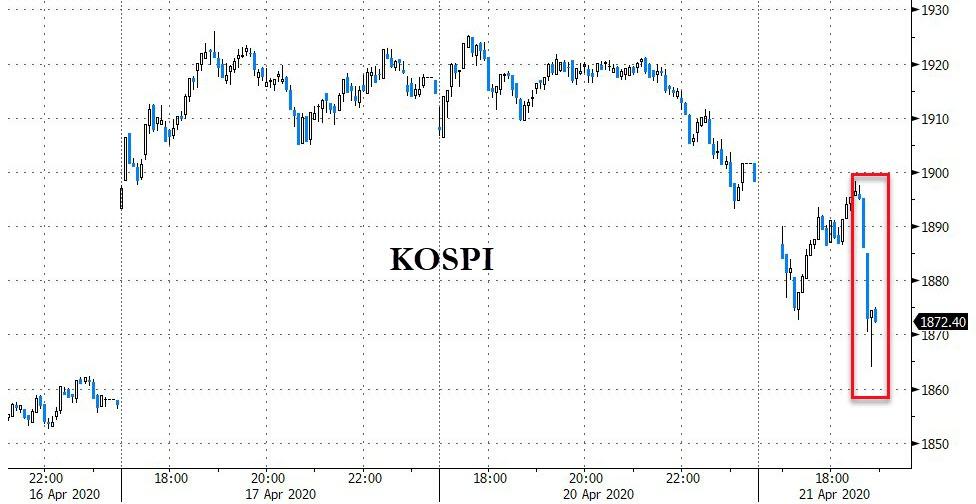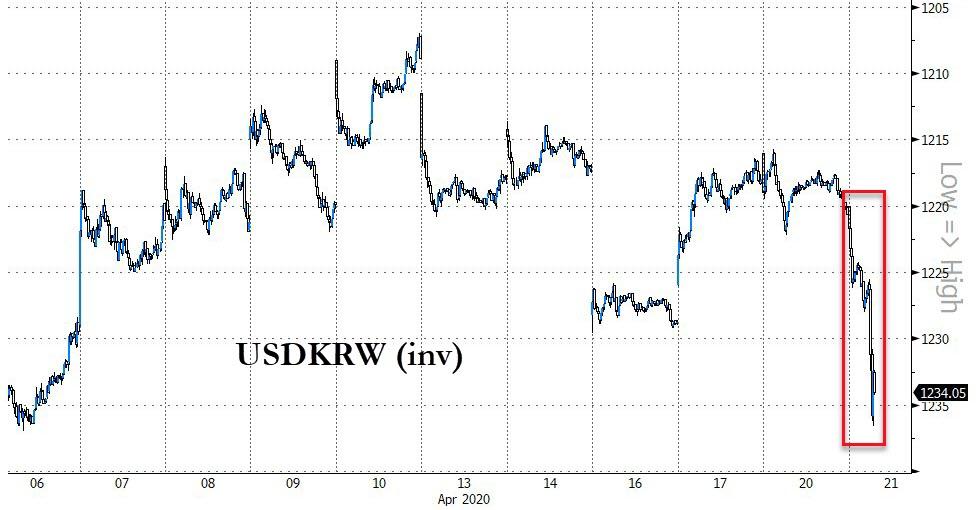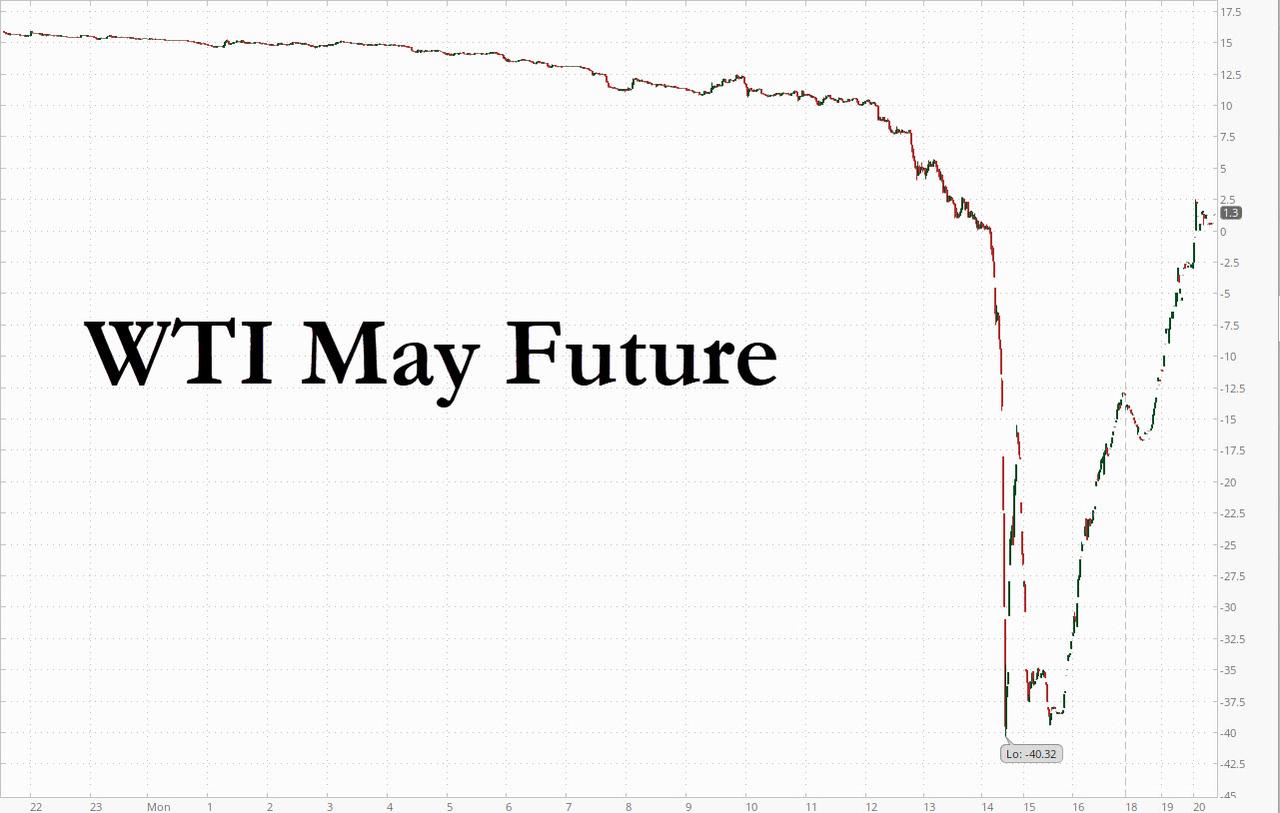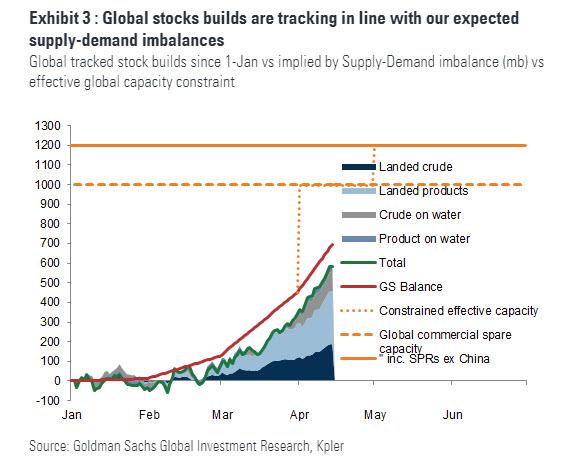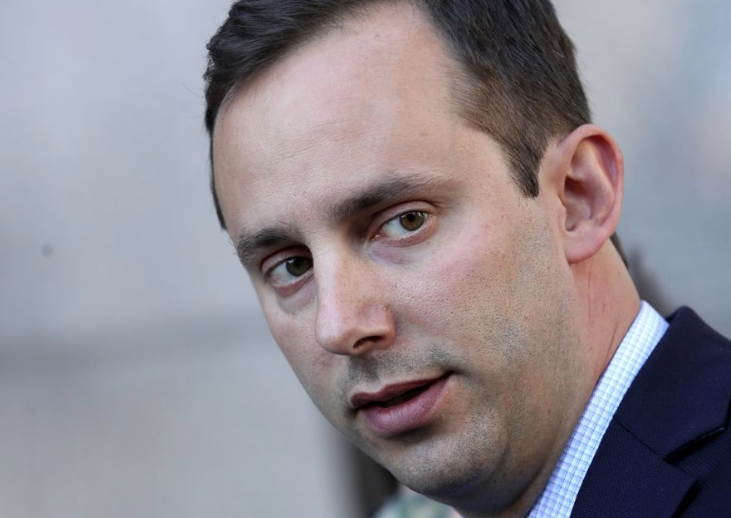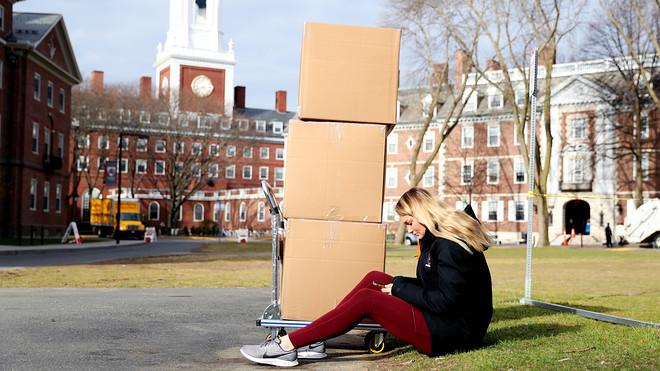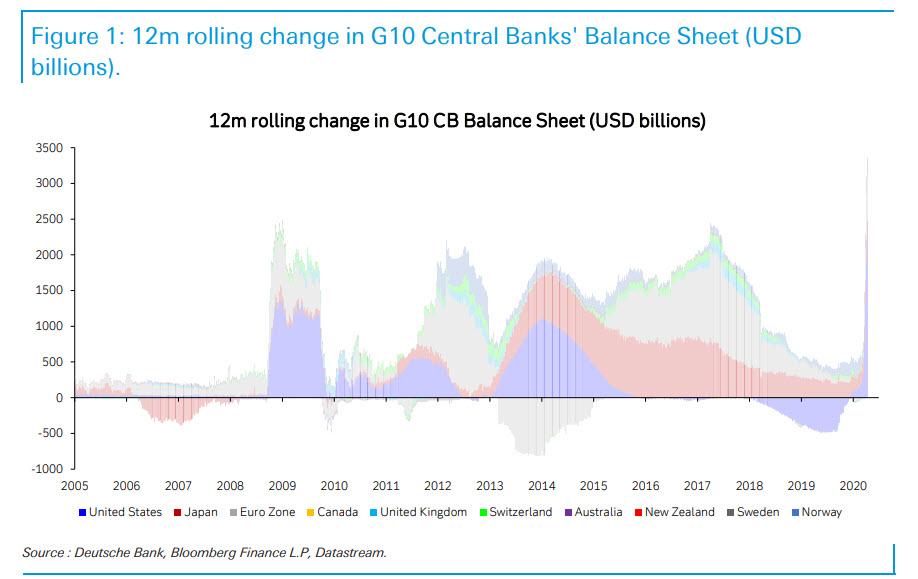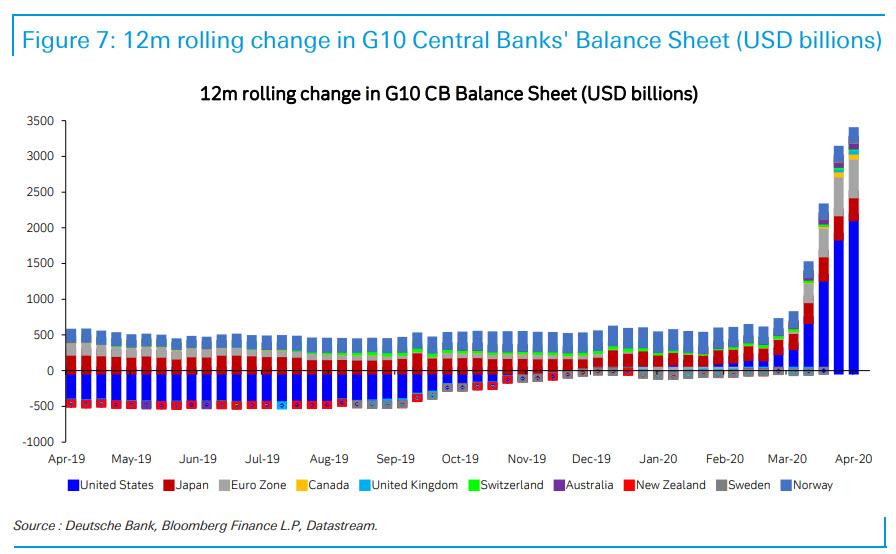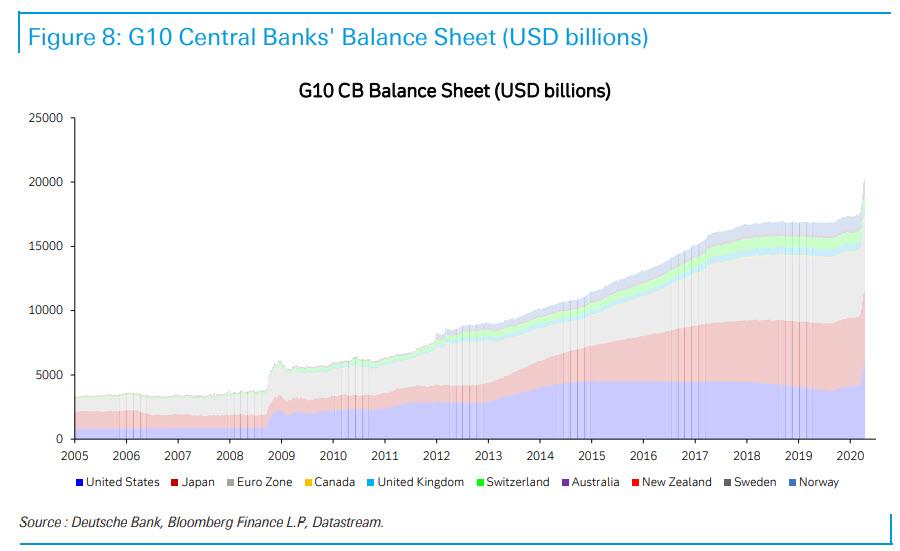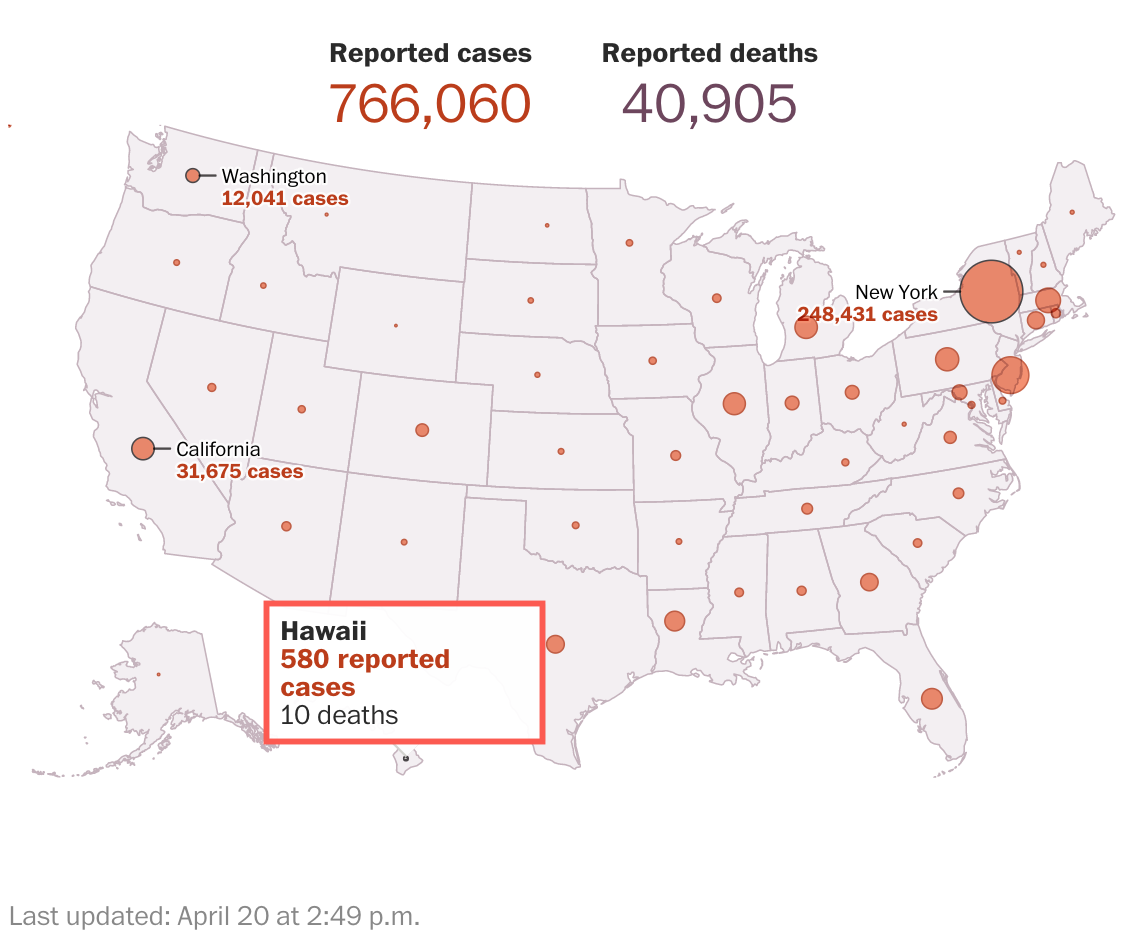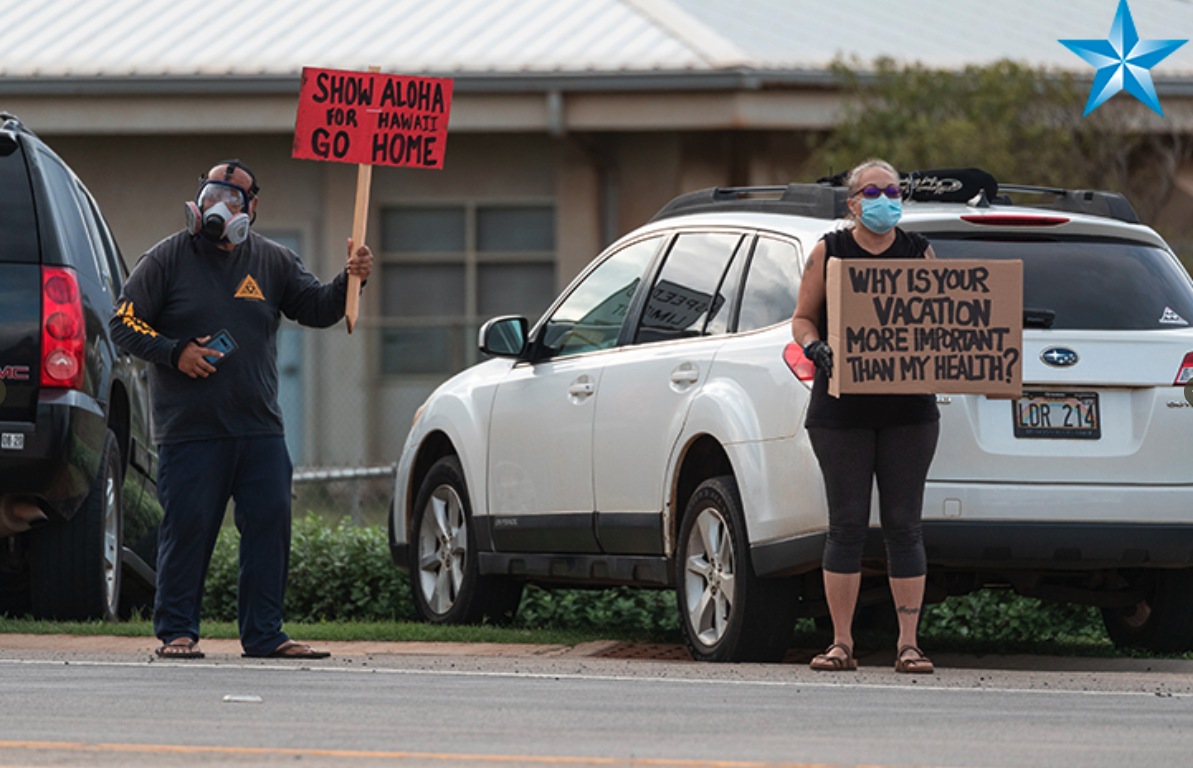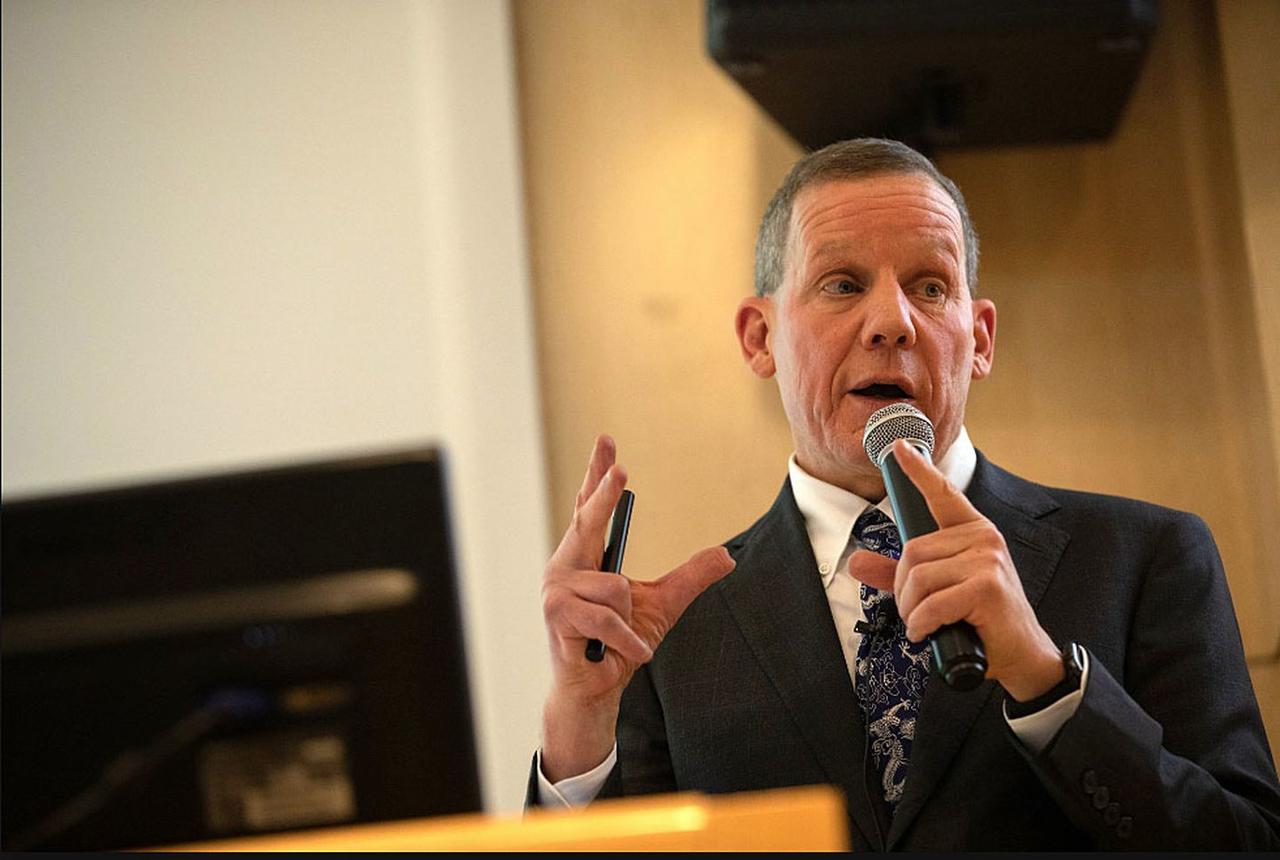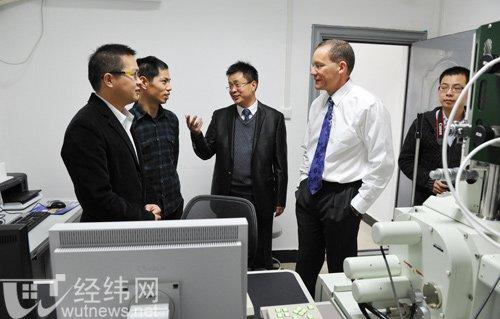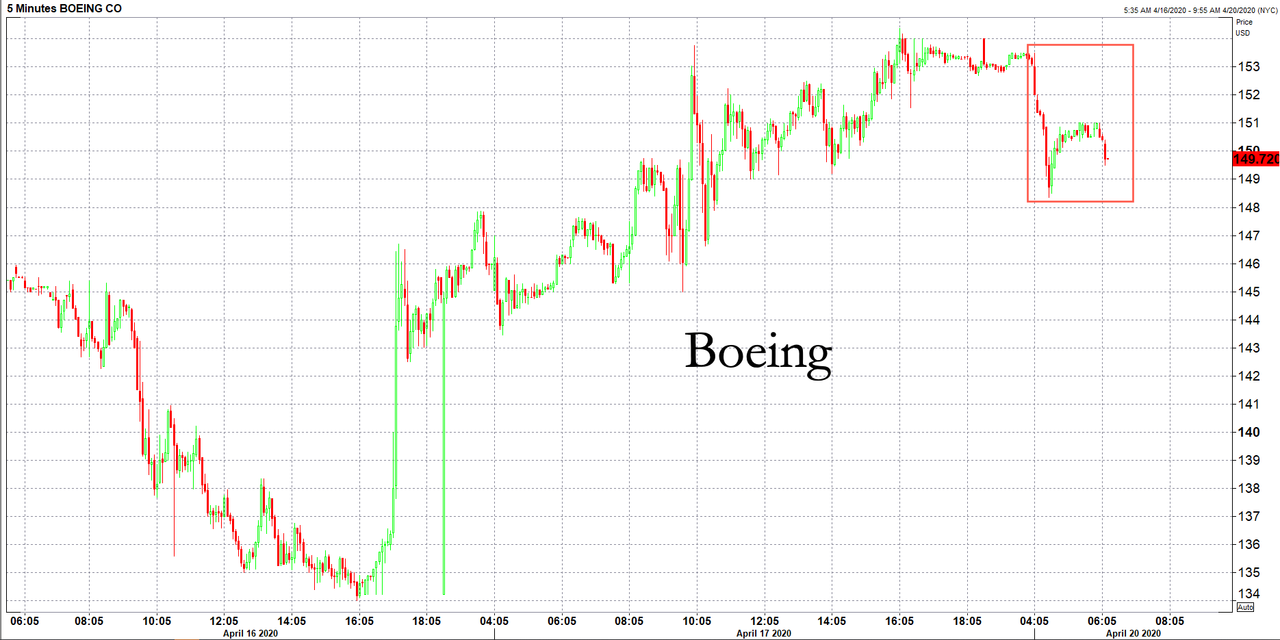Mike Krieger: “The Whole System Is Breaking Down Under Its Own Weight”
Authored by Mike Krieger via Liberty Blitzkrieg blog,
We find ourselves at a moment where the financial and political systems that have dominated for decades are failing in a spectacular and irredeemable fashion. Those who pull the levers are (as usual) attempting to take advantage of the situation by rapaciously snatching and consolidating more wealth and power, while leaving the general public to rot. When faced with such a historic moment, one should assume a certain degree of responsibility to make sure the next paradigm ends up better than the one we’re leaving. If we fail to think deeply about an improved vision and framework for the future, someone else will do it for us.
From my perspective, humanity remains stuck within antiquated paradigms that generally function via predatory and authoritarian structures. We’ve been taught — and have largely accepted — that the really important decisions must be handled in a centralized manner by small groups of technocrats and oligarchs. As a result, we basically live within feudal constructs cleverly surrounded by entrenched myths of democracy and self-government. We’d prefer to be lazy rather than take any responsibility for the state of the world.
Empires are not democratic.
The U.S. is an empire.
The idea the U.S. is a democracy is a myth. https://t.co/LlCvzbgzbL— Michael Krieger (@LibertyBlitz) April 20, 2020
We’re now at a point where simply recognizing current structures as predatory and authoritarian isn’t good enough. We require a distinct and superior political philosophy that can appeal to others likewise extremely dissatisfied with the status quo. My belief is humanity’s next paradigm should swing heavily in the direction of decentralization and localism.
Decentralization and localism aren’t exactly the same, but can play well together and offer a new path forward. The simplest way to describe decentralization to Americans is to look at the political framework laid out in the U.S. Constitution.
As discussed in the 2018 piece, The Road to 2025 (Part 4) – A Very Bright Future If We Demand It:
At the federal level, a separation of powers between the three branches of government: the legislative, the executive and the judicial was a key component of the Constitution. The specific purpose here was to prevent an accumulation of excessive centralized power within a specific area of government…
Beyond a separation of powers at the federal level, the founding founders made sure that the various states had tremendous independent governance authority in their own right in order to further their objective of decentralized political power.
Localism takes these Constitutional ideas of political decentralization and pushes them further, by viewing the municipality or county as the most ethical and logical seat of self-governance. The basic idea, which I tend to agree with, is that genuine self-government does not scale well. A one-size fits all approach to governance not only ends up making everyone unhappy, it also entrenches a self-serving political and oligarchical class at the top of a superstate which makes big decisions for tens, if not hundreds of millions, with little accountability or oversight. This is pretty much how the world functions today.
While localism implies relative political decentralization, decentralization is not always localism. One of the best examples of this can be found in bitcoin. Unlike traditional monetary policy, which is handled in a topdown manner by a tiny group of unelected technocrats working on behalf of Wall Street, there’s no bitcoin politburo. There’s no CEO, there’s no individual or organization to call or pressure to dramatically change things out of desire or political expediency. The protocol is specifically designed to prevent that. It’s designed to operate in a way that makes all sorts of people uncomfortable because they’re used to someone “being in control.” We’ve been taught that centralization works well, but the reality is political and economic centralization concentrates power, makes the public lazy and ultimately winds up in a state of authoritarian feudalism.
Bitcoin also demonstrates how decentralization and localism, though not quite the same, can complement each another well in an interconnected planet. Imagine a world where governance is largely occurring at a local level, but global trade remains desirable. You’d want a politically neutral, decentralized and permissionless money to conduct such transactions. Similarly, a free and decentralized internet allows the same sort of thing in the realm of communications. Regions that can’t grow coffee will still want coffee, and people in New York will still want to chat with people in Barcelona. Decentralized systems allow for the best of both worlds — localism combined with continued global interconnectedness.
The big question all of us should be asking ourselves right now is: When should small groups of people be making extremely important decisions for the masses? My answer would be almost never, yet that’s the world most of us live in irrespective of which nation-state we call home.
The pendulum has swung so far in the direction of centralization, oligarchy and authoritarianism that the whole thing is breaking down down under its own weight.
Those in charge are doing everything possible to keep it going in that same direction, but we can’t let that happen. What we need is a new era defined by decentralization and localism.
* * *
For more, see my 5-part series on localism.
Liberty Blitzkrieg is an ad-free website. If you enjoyed this post and my work in general, visit the Support Page where you can donate and contribute to my efforts.
Tyler Durden
Mon, 04/20/2020 – 22:35
via ZeroHedge News https://ift.tt/3cyWgiz Tyler Durden

